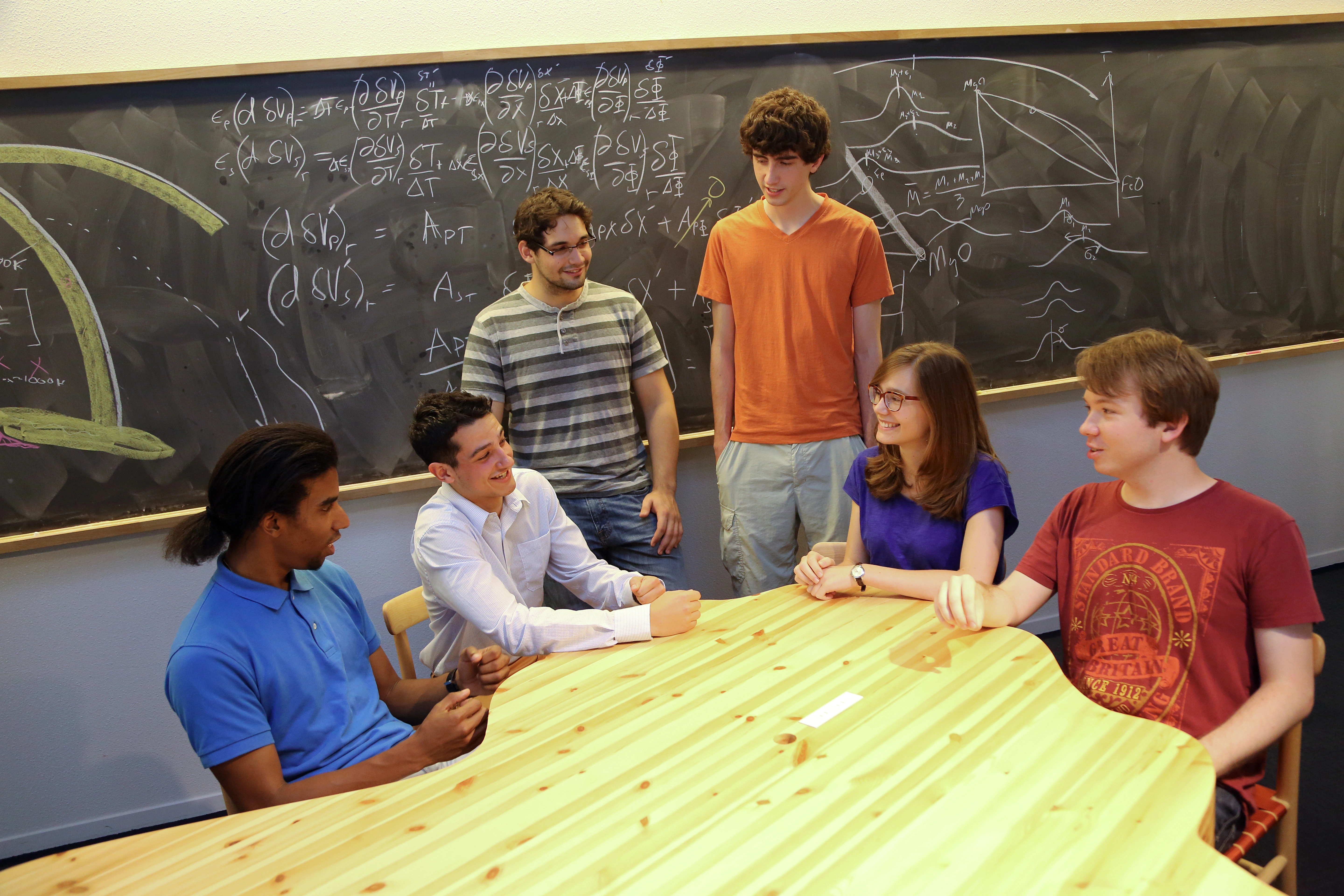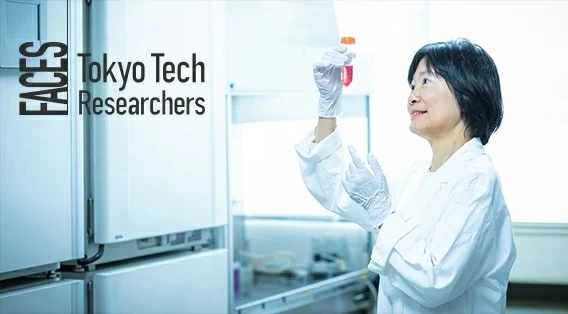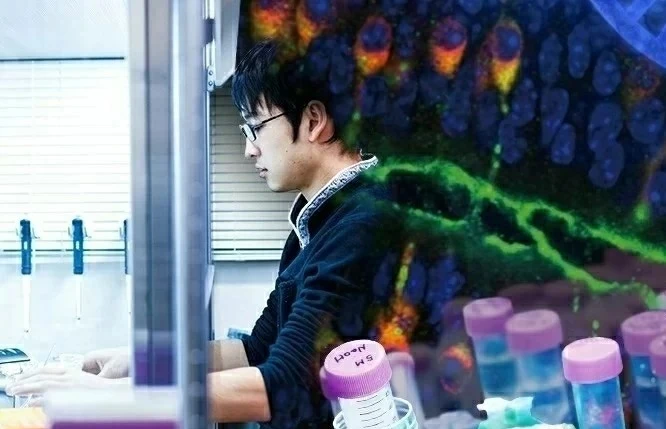Do you know how Japanese research reaches the world?
Of course, publishing academic papers is the standard way researchers communicate their findings internationally. Yet, in reality, publishing a paper alone does not always guarantee that the research will be widely recognized across the global community. One effective method to ensure broader international impact is to publish not just in a regular issue of a journal but in a special issue dedicated to a specific theme. For Japanese researchers, taking the initiative to create such a special issue is still a relatively new and challenging strategy.
Professor Shoen Kume of Institute of Science Tokyo (hereinafter, referred to as Science Tokyo) took on this challenge in the summer of 2023. After nearly two years of preparation, the special issue was completed in June 2025. Here, she shares the story of what happened behind the scenes.
Why did you decide to work on the special issue?
A special issue is a collection of papers centered on a particular theme. You can think of it as similar to a "special exhibition" at a museum. In such projects, the guest editor takes on the responsibility of planning, coordinating, and overseeing the publication. This time, I was invited to take on that role. Just like being entrusted with a special exhibition, it felt like a heavy responsibility. It requires not only deep knowledge of the theme but also a broad academic perspective.
In my field, however, researchers have not been very proactive about organizing special issues or serving as journal editors. This is partly because preparing a special issue requires diverse skills such as planning, inviting contributors, and managing peer review. It also demands a great deal of time, yet it is not always recognized by universities as strongly as publishing one's own research.
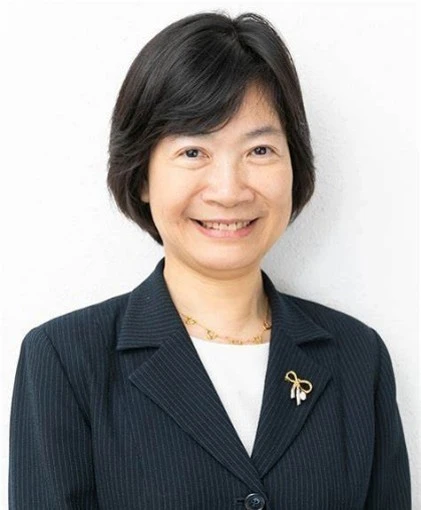
The first people to approach me with this idea were URAs (University Research Administrators) from Science Tokyo, in collaboration with their counterparts at Kanazawa University and the National Institutes of Natural Sciences. They were highly motivated and deeply passionate about supporting research: They said, "Japanese researchers should share more of their work with the world. Would you like to serve as guest editor for a special issue?" I felt that by taking on this role, I could help represent Science Tokyo's research globally. It was that sense of purpose that motivated me to accept.
How did you choose the theme?
My own research focuses on regenerating digestive organs (the pancreas, liver, and intestines) in vitro, aiming at applications in drug discovery and medicine. While this is my specialty, it is relatively narrow in scope. In contrast, regenerative medicine as a whole is a subject of worldwide attention. Therefore, I decided to broaden the theme of the special issue to cover a wide range of approaches to regenerative medicine, including cells, tissues, and organs.
Of course, choosing a theme is only the beginning. Not every journal accepts special issue proposals, and it was important to publish in a journal with high visibility to reach as many readers as possible. That meant finding a respected journal whose editors supported our idea.
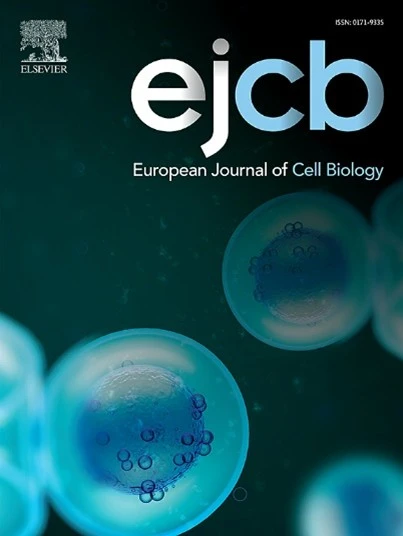
In this case, the URAs took the lead in negotiating with Elsevier and successfully secured an agreement to publish in the European Journal of Cell Biology. Although I was not directly involved in the negotiations, I knew it required great effort-communicating across time zones and conducting multiple online meetings with overseas editors. Thanks to the URAs' tireless work, the project moved forward smoothly.
As a result, by June 2025, the special issue was complete, featuring diverse contributions that included interdisciplinary studies and applications of novel materials. When it was finally finished after nearly two years, I felt both joy and relief-"We made it!"
What kind of papers were included in the special issue?
The final title of the issue was "Advances in Cell, Tissue, Organ Engineering, and Organoid Technology." Since it is published as open access, anyone interested can read it for free. Although the contents are specialized, AI-based tools now make it easier for non-specialists to access simplified summaries.
Special issue:Advances in cell, tissue, organ engineering, and organoid technology
Broadly speaking, the issue highlights research using organoids-three-dimensional cellular models grown from stem cells that resemble real organs in both structure and function. Applications covered in the issue range from disease modeling and drug discovery to personalized medicine. Among the most notable studies is one using genetically engineered colorectal cancer organoids to reproduce tumor progression and immune environments. This work contributes to understanding why certain colorectal cancers respond poorly to immune checkpoint inhibitors (a type of therapy pioneered by Japanese scientist Dr. Tasuku Honjo, Nobel Prize in 2018).
Other contributions explore brain organoids, including studies on the possibility of consciousness formation and the repair of genetic disorders. Such research raises both scientific and ethical questions, giving the issue a unique perspective.
Do URAs collaborate with researchers?
The role of the URA was established in Japanese universities around 2011 through initiatives by the Ministry of Education, Culture, Sports, Science and Technology (MEXT). Today, URAs engage in a wide range of activities, from securing external funding and managing intellectual property to supporting international collaboration, interdisciplinary research, and research communication. At Science Tokyo alone, more than 100 staff members hold the URA title.
For me, this was my first time working closely with URAs. In this project, they proposed the idea, identified potential contributors, negotiated with publishers, and organized workshops for researchers. They also facilitated discussions, helping everything run smoothly. It felt like they were the stage managers working behind the scenes, enabling researchers to concentrate on their science. I came to see URAs not just as support staff but as true "partners in advancing research."
What did you gain from this experience, and what are your future perspectives?
In short, it was a fresh and stimulating experience. It opened my eyes to a new way researchers can contribute beyond their own laboratories. Admittedly, serving as a guest editor comes with challenges. It requires meticulous review to maintain quality, and it involves reading papers outside one's usual scope. But engaging directly with leading researchers from around the world, each bringing their own perspectives on regenerative medicine, was highly rewarding. It also strengthened my professional connections with journal editors.
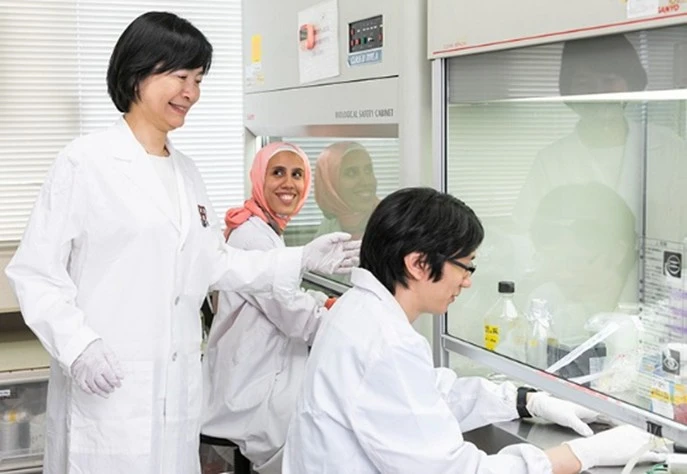
As I mentioned, the role is demanding and not always recognized in university evaluation systems. Yet, being involved in disseminating cutting-edge research at the global level is an invaluable experience. If more Japanese researchers collaborate with URAs and take on guest editor roles, Japan's visibility in international research networks will undoubtedly increase.
Looking ahead, I hope that special issues like this will serve as starting points for wider dissemination of Japanese research worldwide. And as this case shows, the success of such initiatives depends not only on the efforts of researchers but also on the collective contributions and passion of many people. I am grateful to have been part of this endeavor and look forward to carrying its momentum into future projects.
Interview date: June 23, 2025

